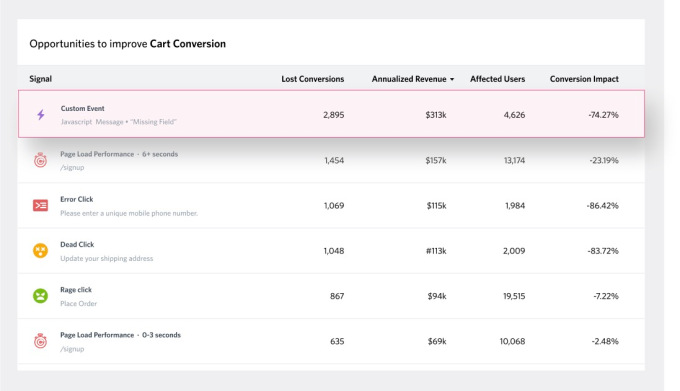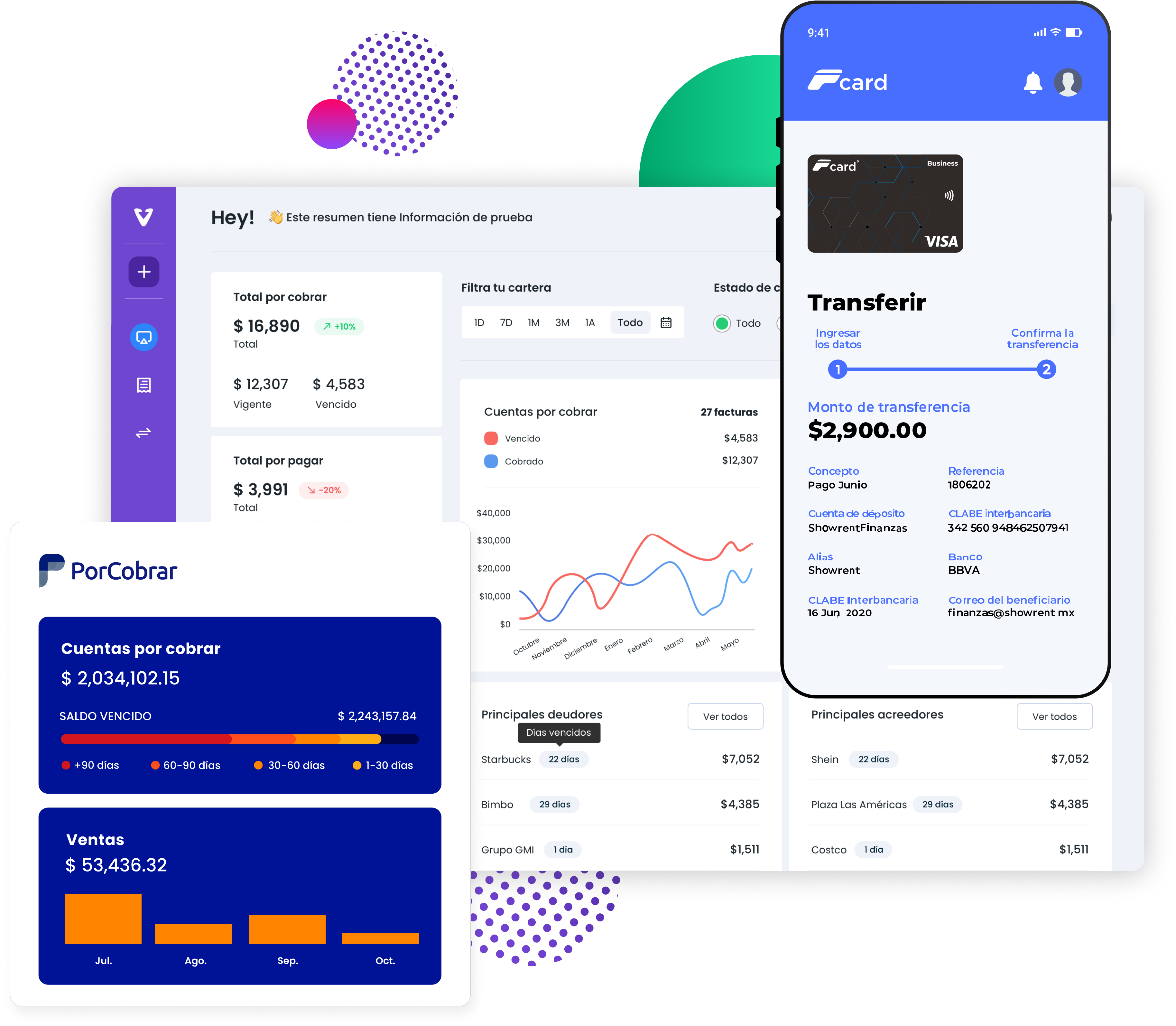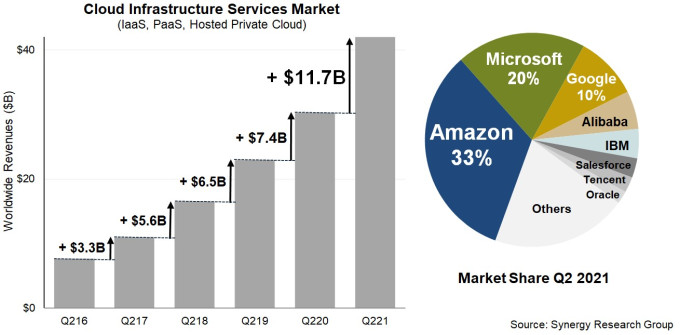Former Facebook teammates raise $10.4M in Sequoia-led round to launch features development
Statsig is taking the A/B testing applications that drive Facebook’s growth and putting similar functionalities into the hands of any product team so that they, too, can make faster, data-informed decisions on building products customers want.
The Seattle-based company on Thursday announced $10.4 million in Series A funding, led by Sequoia Capital, with participation from Madrona Venture Group and a group of individual investors, including Robinhood CPO Aparna Chennapragada, Segment co-founder Calvin French-Owen, Figma CEO Dylan Field, Instacart CEO Fidji Simo, DoorDash exec Gokul Rajaram, Code.org CEO Hadi Partovi and a16z general partner Sriram Krishnan.
Co-founder and CEO Vijaye Raji started the company with seven other former Facebook colleagues in February, but the idea for the company started more than a year ago.
He told TechCrunch that while working at Facebook, A/B testing applications, like Gatekeeper, Quick Experiments and Deltoid, were successfully built internally. The Statsig team saw an opportunity to rebuild these features from scratch outside of Facebook so that other companies that have products to build — but no time to build their own quick testing capabilities — can be just as successful.
Statsig’s platform enables product developers to run quick product experiments and analyze how users respond to new features and functionalities. Tools like Pulse, Experiments+ and AutoTune allow for hundreds of experiments every week, while business metrics guide product teams to build and ship the right products to their customers.
Raji intends to use the new funding to hire folks in the area of design, product, data science, sales and marketing. The team is already up to 14 since February.
“We already have a set of customers asking for features, and that is a good problem, but now we want to scale and build them out,” he added.
Statsig has no subscription or upfront fees and is already serving millions of end-users every month for customers like Clutter, Common Room and Take App. The company will always offer a free tier so customers can try out features, but also offers a Pro tier for 5 cents per event so that when the customer grows, so does Statsig.
Raji sees adoption of Statsig coming from a few different places: developers and engineers that are downloading it and using it to serve a few million people a month, and then through referrals. In fact, the adoption the company is getting is “bottom up,” which is what Statsig wants, he said. Now the company is talking to bigger customers.
There are plenty of competitors for this product, including incumbents in the market, according to Raji, but they mostly focus on features, while Statsig provides insights and ties metrics back to features. In addition, the company has automated analysis where other products require manual set up and analysis.
Sequoia partner Mike Vernal worked at Facebook prior to joining the venture capital firm and had worked with Raji, calling him “a top 1% engineer” that he was happy to work with.
Having sat on many company boards, he has found that many companies spend a long time talking about sales and marketing, but very little on product because there is not an easy way to get precise numbers for planning purposes, just a discussion about what they did and plan to do.
What Vernal said he likes about Statsig is that the company is bringing that measurement aspect to the table so that companies don’t have to hack together a poorer version.
“What Statsig can do, uniquely, is not only set up an experiment and tell if someone likes green or blue buttons, but to answer questions like what the impact this is of the experiment on new user growth, retention and monitorization,” he added. “That they can also answer holistic questions and understand the impact on any single feature on every metric is really novel and not possible before the maturation of the data stack.”
![]()




